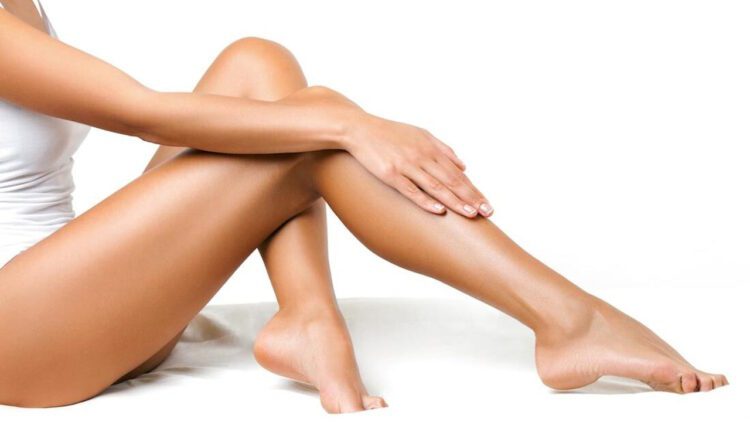Your legs aren’t just essential and functioning parts of your body, underneath they are actually a miraculous circulatory, interconnected system of veins and vessels that help regulate blood flow through your entire body, with the heart at the epicenter of the entire operation, it’s really a marvel of biological engineering.
Most people associate leg-related health issues with such symptoms as diabetes and arthritis, but in actual fact, they can tell a lot about the overall health of your heart. Many dismiss momentary leg pain or discomfort when it could be an early warning sign of a heart-related health issue. Oftentimes, it’s simply brushed off as “getting too old” or “needing more exercise” but in reality, it’s a ticking time-bomb.
The source of the pain or discomfort in someone’s leg could, in actuality, be a form of what medical experts call PAD (Peripheral Artery Disease), which basically means that arteries in your leg that should carry blood freely through your circulatory system have become blocked with plaque, a sticky mix of both calcium and cholesterol, and can lead to such potentially catastrophic health incidents as a heart attack or stroke.
PAD is estimated to affect one in 20 people over the age of 50 in the United States alone – that’s around 9 million people in all! – with that rate climbing even higher for people over 70, of which one in 5 are affected.
So what symptoms are you to look out for in relation to PAD, and what can you do to either avoid or mitigate it? In this article we explore each option one by one.
Symptoms
One common symptom that is often ignored is swelling in your legs and toes. This means that blood isn’t flowing freely to your veins in those extremities and you could either have just a vein blockage at least or even potential congestive heart failure at worst.
Painful cramps are another common symptom of potential PAD, and again, one often ignored. One way to know that it might be an early sign of PAD is if the pain or cramping either subsides or disappears completely after walking. If this happens to you on a regular or semi-regular basis, don’t ignore it.
If you discover hard, painful lumps on your toes, this could also be a sign of PAD. Known as Osler’s nodes, they are inflammation of your heart’s chambers and blood vessels. This is caused by a bacterial infection that spreads through your blood vessels and attaches itself to weaker parts of your heart. These nodes can last from a few hours to several days before disappearing, so if you see them gone, don’t ignore and forget, contact your GP asap.
The final symptom is discoloration of your feet. If you spot brown or reddish bruise-like blemishes on the soles of your feet, don’t ignore it. Known as Janeway lesions, these are signs of a blocked blood vessel that could be a symptom of endocarditis that is capable, if left untreated, of leading to life-threatening damage to heart valves.
Prevention
In short, the best treatment for PAD is to try and live in such a way beforehand that you have much less chance of it developing in the first place.
The diagnosis for doing this is, not coincidentally, much the same as trying to prevent a heart attack or stroke from other health issues. Eat healthily, quit smoking, drink alcohol only in moderation, control your blood sugar if you have diabetes, if not just consume as little sugar as possible, get as much regular and sustained exercise as possible, drink caffeine only in moderation, and get your blood pressure and cholesterol levels checked periodically.
Exercise, in fact, is one of the best defenses against PAD. If there is an obstruction in one of the veins in your leg, thus causing cramps, regular walking for at least 15 minutes a day will help develop additional blood vessels in your system known as ‘collateral’ vessels that actually create a detour around the obstruction and ease the pain. But if you do get cramps in your leg on a regular or semi-regular basis, even with these detours, it’s still imperative you get checked out by a physician.
Here’s hoping this article has been both educational and illuminating for you, and will help you live healthier so you can live longer. Good health to you!




